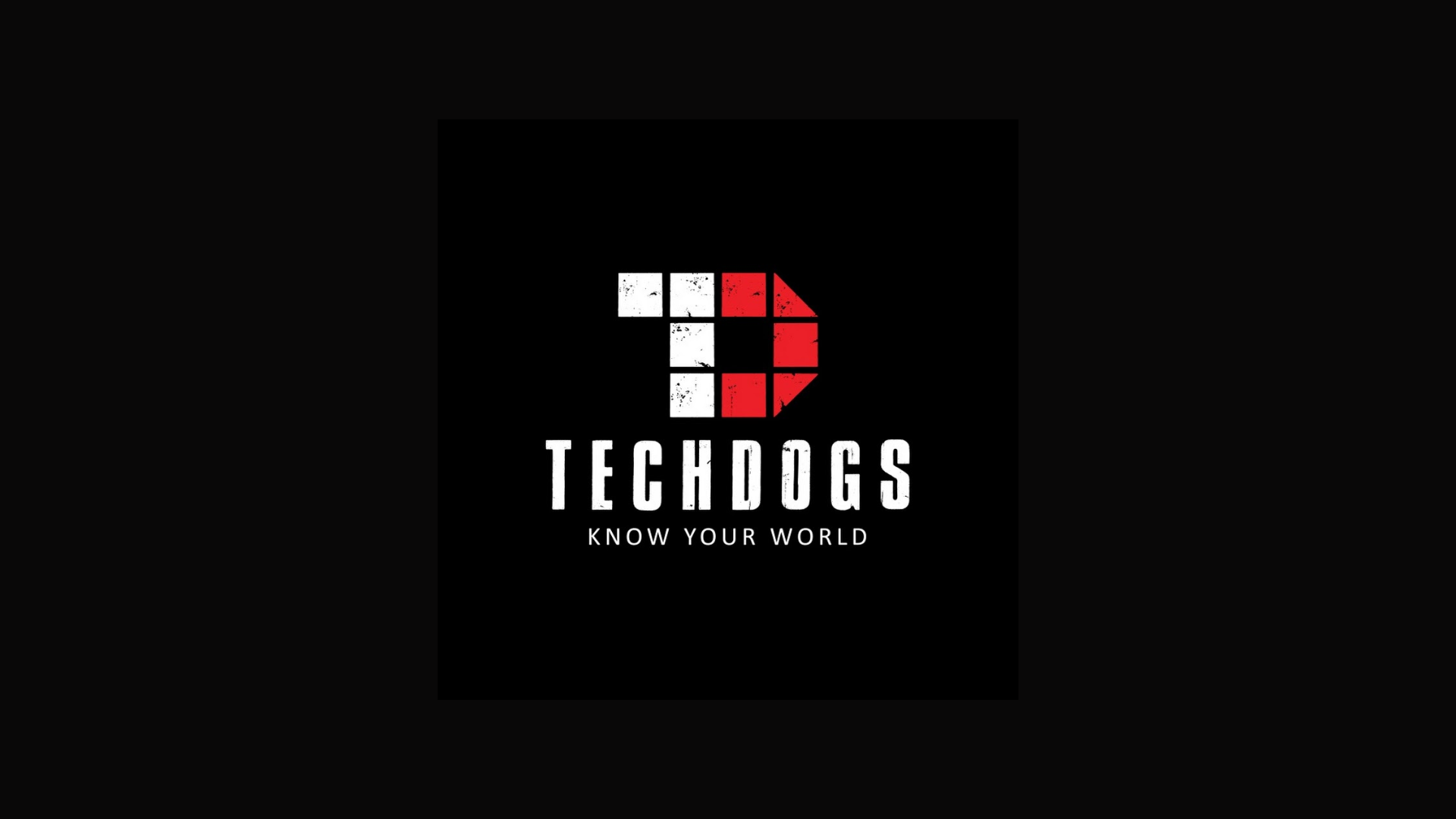With its combination of ultra-low latency, massive device connectivity, and enhanced security, enterprise 5G is already reshaping industries. It’s the key to unlocking automation, AI, and IoT at scale across factories, hospitals, or even entire cities.
Beyond faster speeds
The jump from 4G to 5G isn’t just about speed, it’s about capability. For enterprises, 5G offers:
- Ultra-low latency – Instantaneous communication for mission-critical applications, from autonomous machines to remote surgeries.
- Network slicing – The ability to carve out dedicated, high-performance network segments for specific business needs.
- Private networks capabilities – Greater control, enhanced security, and reliable connectivity without depending on public infrastructure.
5G, IoT, and Edge Computing: Assemble
The real magic happens when 5G converges with IoT and edge computing. Instead of sending data to the cloud and back, businesses can process it on-site, in real time.
But what does this look like in action? Examples include:
- Smart factories using AI-powered automation and predictive maintenance.
- Healthcare systems enabling remote monitoring and even robotic surgeries.
- Connected cities optimising traffic flow and energy usage with real-time data.
And this isn’t the future—it’s happening now. And there is plenty of opportunity for enterprises to continue and expand their capabilities with enhanced connectivity.
Just look at Belfast Harbour, the first port in the UK and Ireland to build a 5G-integrated ecosystem with a private network at its core. Working with BT, it’s deployed applications like hands-free augmented reality headsets that provide workers with real-time video guidance—boosting safety, efficiency and operational precision.
It’s a glimpse of what’s possible when 5G meets enterprise ambition. But despite these successes, some businesses remain hesitant to take the leap.
The risks of standing still
Despite the clear benefits, some businesses remain cautious of enterprise 5G. Concerns around deployment costs, legacy system integration, and regulatory hurdles are real—but they’re also manageable.
For instance, in the UK, regulatory complexity can arise around spectrum access for private 5G networks. While Ofcom made local spectrum licences available (in bands like 3.8-4.2GHz) to encourage private 5G adoption, navigating the application process and understanding interference risks can be daunting for some enterprises.
The longer businesses hold back, the wider the gap becomes between innovators and laggards. Early adopters are already leveraging 5G for competitive advantage—streamlining operations, reducing costs, and unlocking entirely new revenue streams.
Enterprise 5G: The prize for the taking
Enterprise 5G isn’t just a technology shift, it’s a business transformation enabler. Those that embrace it will be the ones defining their industries in the years to come. Those who don’t? They’ll be playing catch-up in a world that’s already moved on.















